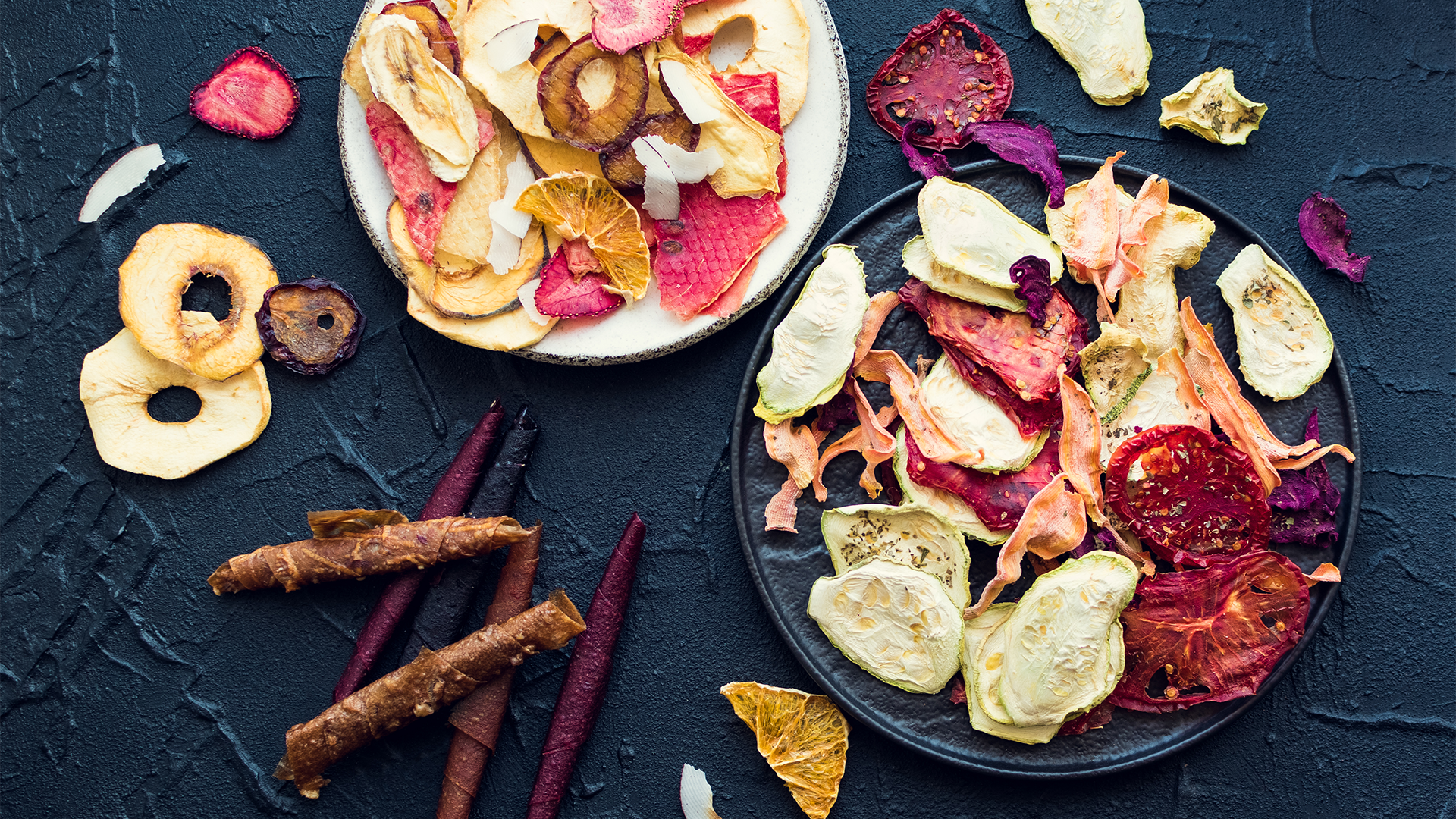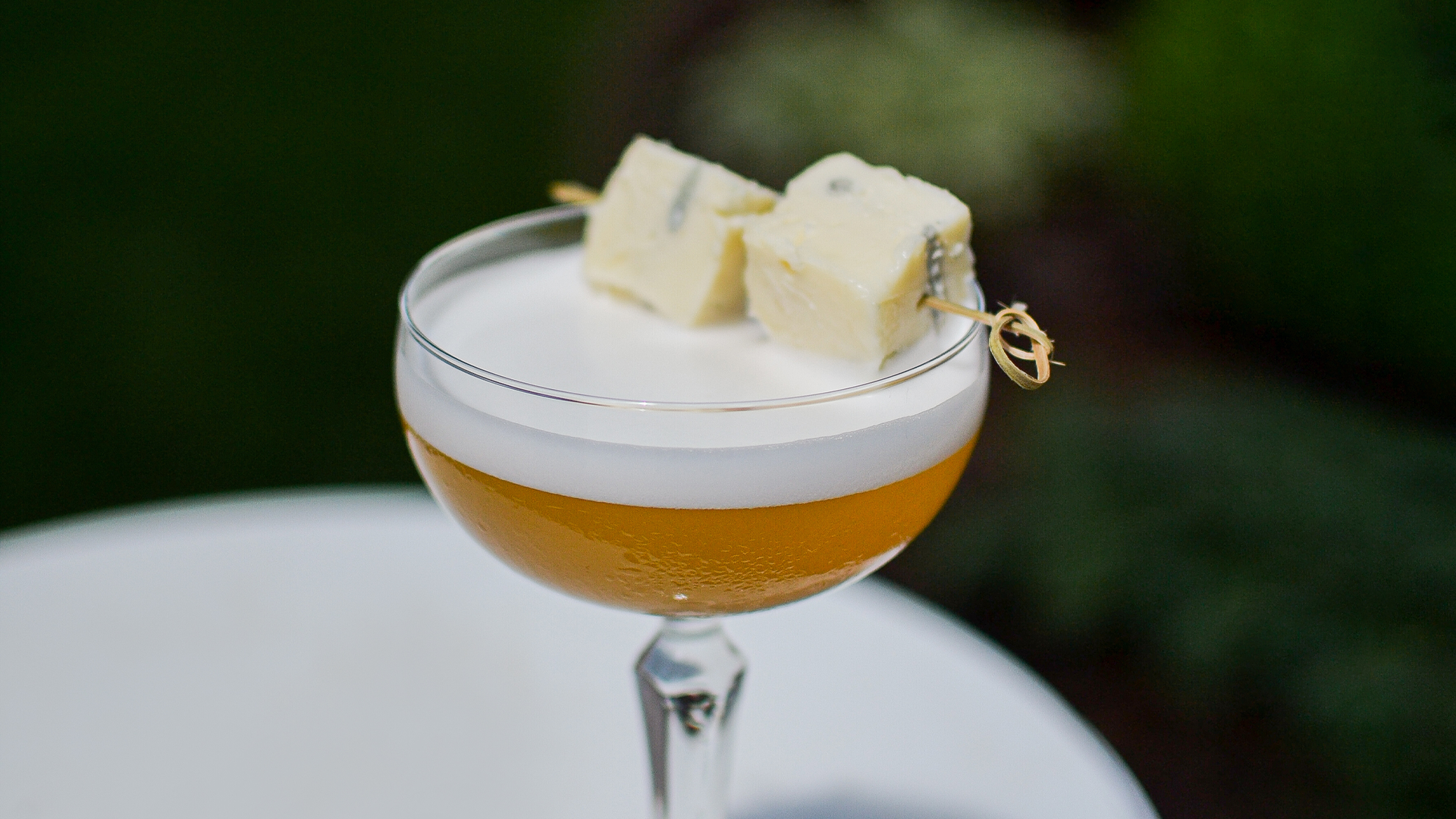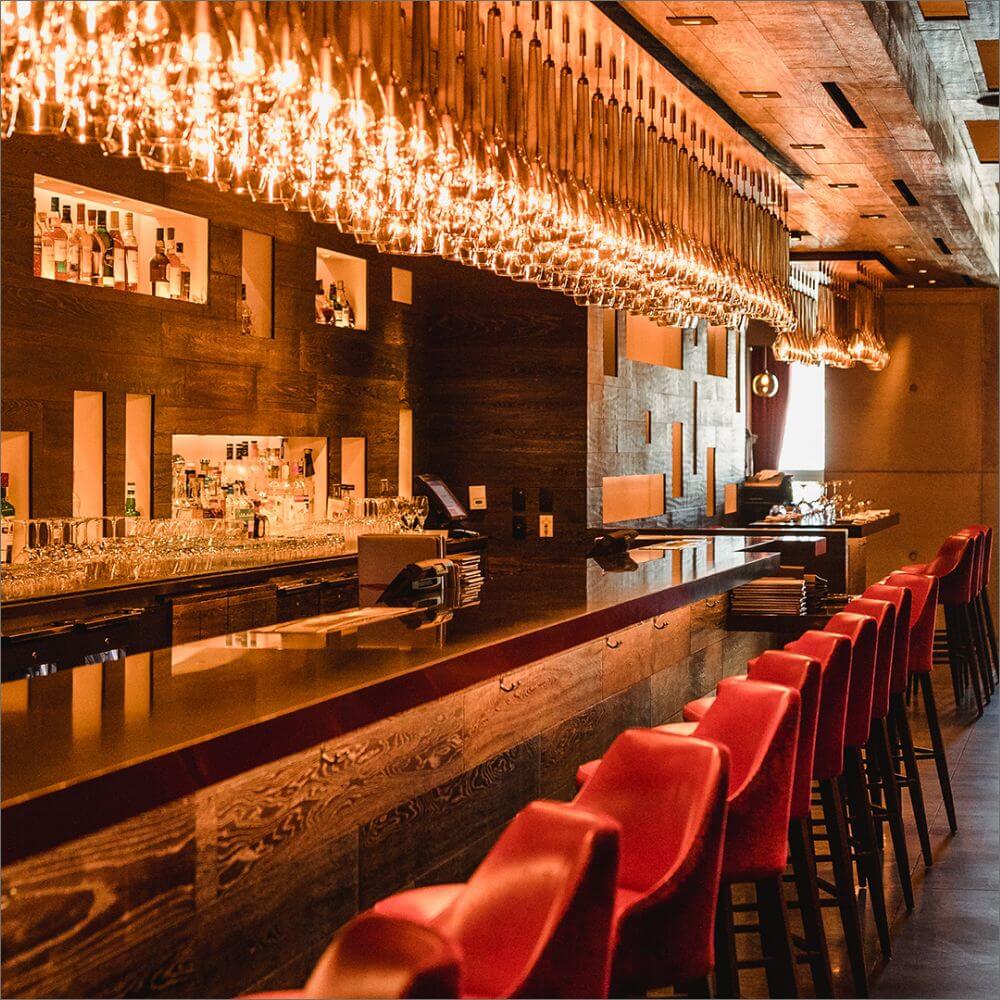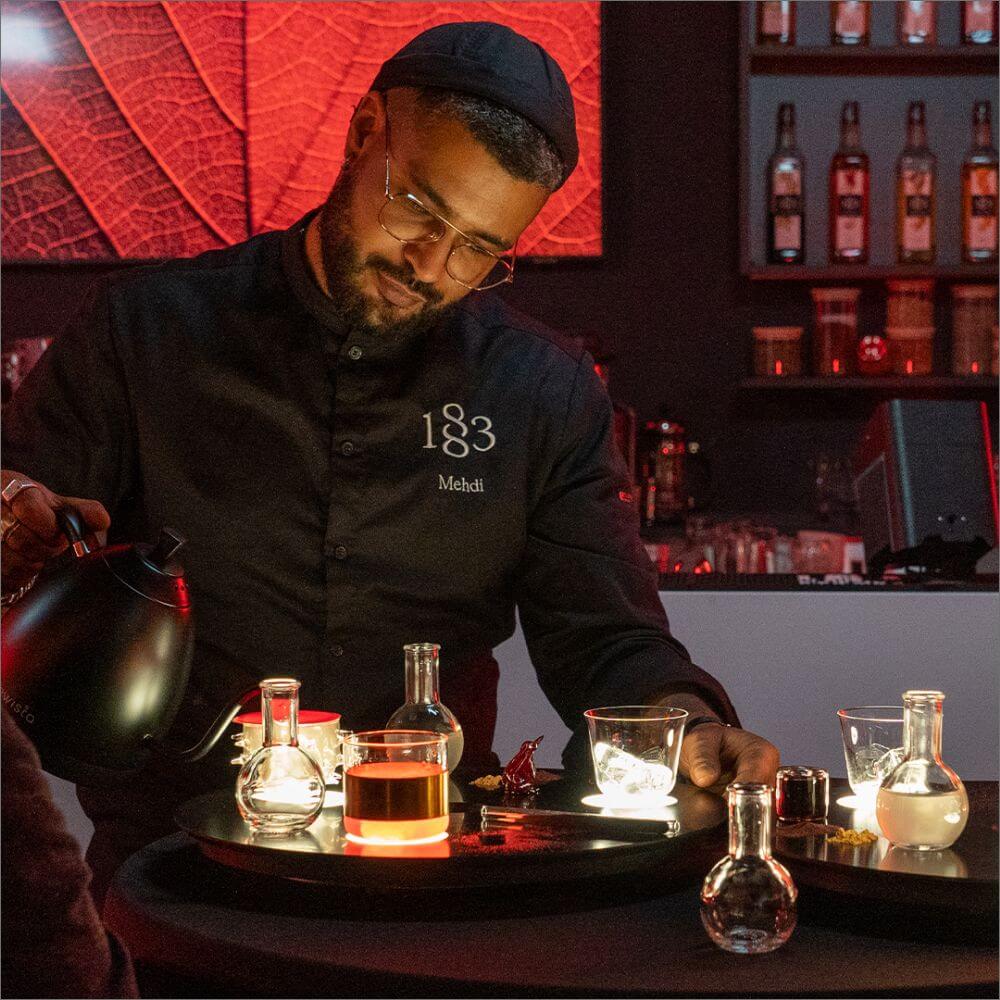We talk to Mihaela Iordache, chief roaster at Belleville Brûlerie in Paris
Mihaela was born in Romania, a country with a strong cultural connection with coffee. As chief roaster for the last six years at Belleville Brûlerie, she is also a member of the jury for the Brewer’s Cup, a competition organised by the SCA (Specialty Coffee Association). She investigates developments within the coffee world and shares her insight with us here.
The first thing she mentions are two trends related to the pandemic.
First, coffees “from the back of the cupboard”. During lockdown, people had the time and inclination to experiment! Sharing their findings on social media, which provided an incredible gateway to the outside world while quarantining at home, people began discovering these types of coffee all around the world. The category includes playful versions such as dalgona (from South Korea), an inverted latte made from coffee powder whipped with sugar and hot water to form a creamy cap on a glass of milk, or even an iced coffee from Vietnam made with espresso, orange juice and ice cubes. There are also so-called “healthy” versions like bulletproof coffee, which is coffee with a knob of butter, said to improve mental acuity and the ability to concentrate, and mushroom coffee, an instant coffee made from mushroom powder which is added to coffee beans.
Secondly, a more lasting and impactful underlying trend is the emergence of better informed consumers who have invested in high quality equipment while they have been stuck indoors. Their goal? To make delicious coffee at home. This is great news for baristas, who have been finding that people are becoming more sensitive to taste with their sharper palates and have started appreciating quality and the value of craftsmanship. In short, customers are more receptive to professional know-how. This trend comes as the entire sector is upscaling towards speciality coffees. More demanding customers bring professionals an opportunity to draw attention to ethics, sourcing, and roasting work as they strive to bring out the very best in their raw materials. Baristas are sharing their knowledge and listening to their customers: excessively acidic coffees are a thing of the past; we are moving towards a search for balance, for example by allowing the fruity notes in some varieties of coffee to really express themselves. These notes are often found in naturally fermented coffees, a key trend in the “good coffee” movement. The process involves letting the cherries (the fruit of the coffee) dry whole with its seeds (aka the coffee beans). This natural fermentation method requires good control of the fermentation level and perfect and regular aeration. In Asia, we are already seeing more and more interest in deliberately over-extended fermentations, with a deviation in taste.
What does the future look like? Mihaela keeps a close eye on “cascara”, the thin skin around coffee seeds that is usually discarded. When dried and infused, it creates a new kind of coffee that is mellow, and low in caffeine, which can attract a different type of consumer.
Summer special: long live iced coffee
When it’s hot outside, nothing beats an iced coffee. Mihaela makes it on the spot according to a quick and simple recipe. She cools the coffee directly by infusing it, rather than chilling it, to avoid any change in taste. Prepare filter coffee as follows:
– 60 grams of coffee
– 500 grams of water
– 500 grams of ice cubes
Fresh and delicious!
https://www.pariscafefestival.com/WhatsOn/SCA-France-Championships?lang=fr-FRSpeciality










